The longest you can stay in rehab is typically 90 days. Depending on continuing care, and aftercare programs, stays can be extended.
What is Rehab?
Rehab is the process of treating an individual with an addiction to either drugs or alcohol. In the sense that most people picture it, rehab can mean a rehab facility where the early stages of detox happen and patients participate in residential or inpatient treatment programs.
Rehab is also the overarching term for recovery in many ways. Referring to rehab can encompass:
- Inpatient treatment
- Long-term residential programs
- Short-term programs
- Detox programs
- Continuing care and aftercare
- Relapse prevention education
- Psychotherapy and other therapy or behavior alteration programs for a co-occurring mental health disorder
The Differences between Short-Term and Long-Term Rehab Programs
When looking for an effective addiction treatment program, individuals will frequently come across programs classified as either short-term or long-term. Each has benefits and drawbacks, and we’ll cover a few here.
Long-term drug rehab will be up to 90 days, and in some rare cases, even longer. It is often the preferred treatment program to address chronic or severe addiction problems and allows patients to devote the most significant amount of time and focus to their recovery. It also allows them to build up the proper emotional and behavioral toolkit and relapse prevention techniques before integrating them into their daily lives and dealing with potential triggers or cravings.
Short-term drug rehab is generally when the rehab stay is 7-14 days, though sometimes as long as 30. They are often used to treat the same substance abuse and addiction issues as long-term programs, just on a more compressed timescale. This means that even though the same treatment is received, there is a far shorter time to absorb the material, practice it, and integrate it with the patient’s life.
It would be best if you considered the length of stay when choosing an addiction rehab facility. The therapeutic techniques they offer should be reviewed by you as well.
The Advantages of Short-Term Treatment
Even though long-term treatment programs are preferable, short-term programs have distinct benefits. Here are a few.
- Less time away from responsibilities like work or school. While a robust recovery is essential to good health, many people find that leaving work, school, family, etc., for more than 30 days isn’t feasible. Even when treatment is covered, most people can’t miss that many paychecks.
- Treatment is more affordable. Most insurance companies have considerable coverage for drug and alcohol addiction and mental health disorders. The coverage levels may make short-term treatment a more financially responsible choice.
- The treatments are comparable. Make sure the treatment methods, therapies, and amenities you get from any long-term residential program will be available in short-term care programs.
Why Longer Rehab is Still Preferable
The ability to focus on your recovery should be the goal of any inpatient rehab. Long-term treatment helps the patient avoid distractions and stressors from everyday life. Long-term programs are still preferable to short-term for several reasons, and below are some of the more common ones.
- More intense focus on underlying issues and failed coping mechanisms. When you participate in a short-term rehab program, you’re still starting to recover. Still, you lose time immediately due to the detox stage and the need to acclimate to the facility and the daily routine.
This can take a week or two, and if you’re only there for four weeks, you only have two that include any comprehensive addiction treatment. Entering into a 60 or even 90-day program can give you the extra time needed to boost success rates even higher.
- Highly structured schedule. Regaining a sense of structure in the individual’s daily life is often an essential part of recovery. During addiction, there is often very little need for conventional schedules, as the substance essentially runs the addict’s life. A heavily structured day helps build a routine while simultaneously working to break the habit of drug use, which can take more than 60 days.
- Wide service offering. Long-term drug rehab facilities often have a more comprehensive range of services that they can offer. In many cases, the treatments between long-term and short-term will be the same. But some treatment centers will offer unique or holistic approaches, and they may not have a short-term treatment option. This includes specialized clinicians, case management sessions and services, individual therapy, and more.
What’s the Longest You Can Stay in Rehab?
The most extended period an individual can often stay in one particular inpatient program is 90 days. However, some extreme cases can take as long as six months. But that doesn’t mean that the rehab automatically ends when that program concludes.
This means that technically, an individual in recovery can be in a constant state of active rehabilitation as long as they are still actively engaged in a treatment plan and recovery activities. In some cases, living in sober living facilities or halfway houses can still be considered rehab.
Continued Support and Resources After Treatment
If you or someone you know is having issues with substance abuse or alcohol addiction, getting treatment is the most important thing. Whether the ideal solution for the individual is short-term or long-term rehab, the first step is talking to a local addiction professional about getting started. Reach out to find a rehab in your area today, and begin to improve your quality of life.


